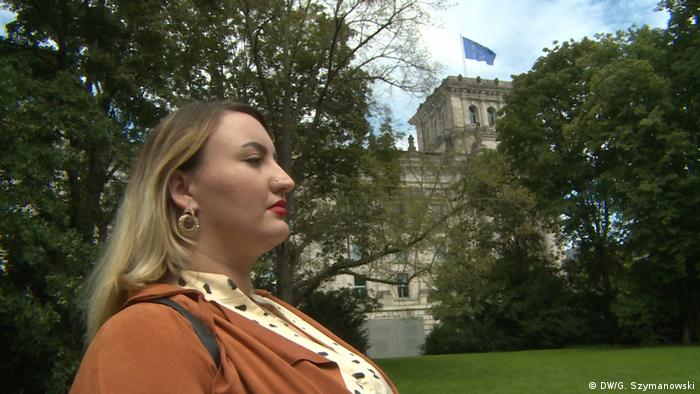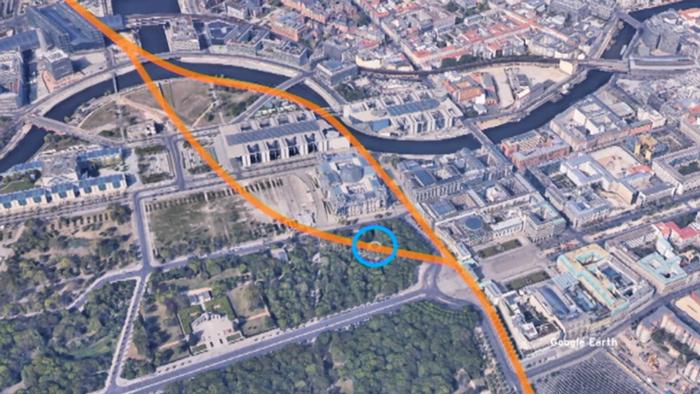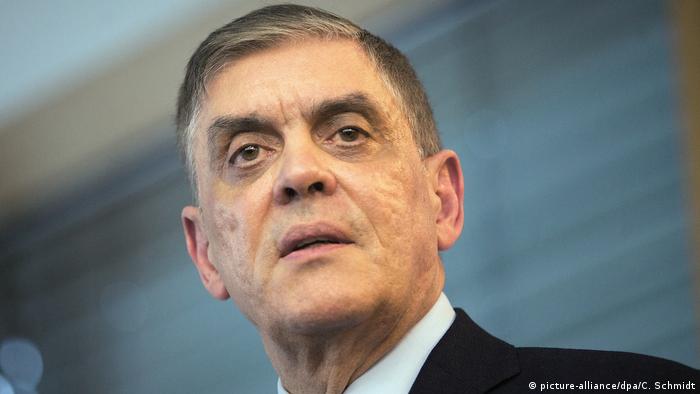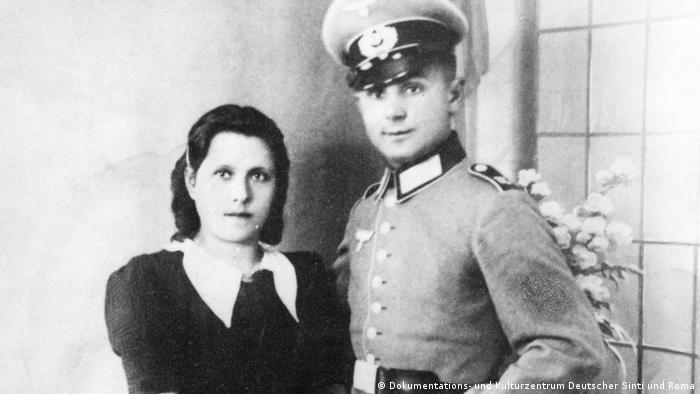THE WAR MACHINE IS TOXIC
Air sampling has revealed that the Navy ship that burned in San Diego Bay early this month blanketed nearby communities with smoke containing toxic chemicals. ... Testing found more than a dozen potentially harmful substances, such as benzene, chloromethane and acetonitrile.
THEY ARE MADE FOR DEATH WITH NO CONCERN FOR LINGERING CHRONIC ILLNESS OF SURVIVORS
Smoke from Navy ship fire in San Diego contained toxic chemicals
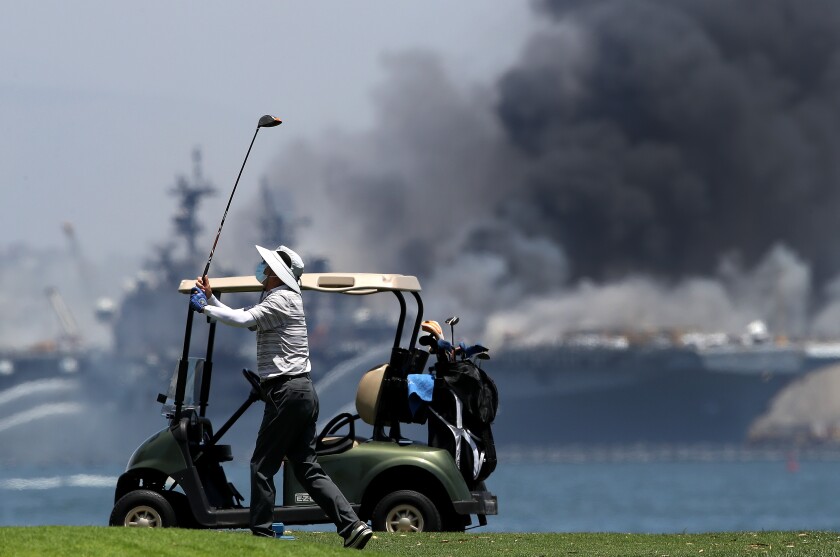
A golfer plays on as a fire burns on the amphibious assault ship Bonhomme Richard at Naval Base San Diego on July 12.
(Sean M. Haffey / Getty Images )
By JOSHUA EMERSON SMITH
JULY 27, 2020
SAN DIEGO —
Air sampling has revealed that the Navy ship that burned in San Diego Bay early this month blanketed nearby communities with smoke containing toxic chemicals.
As black smoke poured off the amphibious assault ship Bonhomme Richard, people in portside communities complained of headaches and nausea, and residents as far north as Escondido reported smelling smoke from the blaze.
The findings from the San Diego County Air Pollution Control District contradict earlier statements by the Navy that “there’s nothing toxic in there.” Testing found more than a dozen potentially harmful substances, such as benzene, chloromethane and acetonitrile.
Still, state and local air-quality officials agreed residents have little to fear. Their relatively brief exposure to the toxic smoke is unlikely to cause any negative, long-term health effects, according to a review of the data by the state’s Office of Environmental Health Hazard Assessment.
“At those levels, over that short period of time, there were no known great health risks,” said Donna Durckel, spokeswoman for the county’s air district.
Mostly, the fire produced fine particulate matter, a common pollutant created by everything from lighting bonfires to driving cars and trucks.
Community members have started organizing under the banner Navy Ship Fire Community Advocates. The group is working with several law firms to explore potential legal action against the federal government.
The group maintains that the Navy should have alerted residents to the potential impacts sooner. It’s now calling for the military to draft an emergency notification plan.
The San Diego air district issued the Navy a notice of violation for creating a public nuisance and contaminating the air a day after the fire started on July 12. The action will probably result in a negotiated financial penalty.
Top district officials said there was little the Navy could do to control the smoke after the fire started.
“Because of the magnitude of this incident, it would have been difficult to avoid these violations,” said Mahiany Luther, chief of compliance for the air district. “I’m not aware of any measure that they could have implemented to prevent the impact on the communities.”
Smith writes for the San Diego Union-Tribune.
WHICH CALLS BULLSHIT ON THIS
Regulators: San Diego Ship Fire Smoke Not a Health Risk7.28.20

Smoke from Navy ship fire in San Diego contained toxic chemicals

A golfer plays on as a fire burns on the amphibious assault ship Bonhomme Richard at Naval Base San Diego on July 12.
(Sean M. Haffey / Getty Images )
By JOSHUA EMERSON SMITH
JULY 27, 2020
SAN DIEGO —
Air sampling has revealed that the Navy ship that burned in San Diego Bay early this month blanketed nearby communities with smoke containing toxic chemicals.
As black smoke poured off the amphibious assault ship Bonhomme Richard, people in portside communities complained of headaches and nausea, and residents as far north as Escondido reported smelling smoke from the blaze.
The findings from the San Diego County Air Pollution Control District contradict earlier statements by the Navy that “there’s nothing toxic in there.” Testing found more than a dozen potentially harmful substances, such as benzene, chloromethane and acetonitrile.
Still, state and local air-quality officials agreed residents have little to fear. Their relatively brief exposure to the toxic smoke is unlikely to cause any negative, long-term health effects, according to a review of the data by the state’s Office of Environmental Health Hazard Assessment.
“At those levels, over that short period of time, there were no known great health risks,” said Donna Durckel, spokeswoman for the county’s air district.
Mostly, the fire produced fine particulate matter, a common pollutant created by everything from lighting bonfires to driving cars and trucks.
Community members have started organizing under the banner Navy Ship Fire Community Advocates. The group is working with several law firms to explore potential legal action against the federal government.
The group maintains that the Navy should have alerted residents to the potential impacts sooner. It’s now calling for the military to draft an emergency notification plan.
The San Diego air district issued the Navy a notice of violation for creating a public nuisance and contaminating the air a day after the fire started on July 12. The action will probably result in a negotiated financial penalty.
Top district officials said there was little the Navy could do to control the smoke after the fire started.
“Because of the magnitude of this incident, it would have been difficult to avoid these violations,” said Mahiany Luther, chief of compliance for the air district. “I’m not aware of any measure that they could have implemented to prevent the impact on the communities.”
Smith writes for the San Diego Union-Tribune.
WHICH CALLS BULLSHIT ON THIS
Regulators: San Diego Ship Fire Smoke Not a Health Risk7.28.20

FILE - Smoke rises from the USS Bonhomme Richard at Naval Base San Diego Sunday, July 12, 2020, in San Diego after an explosion and fire Sunday on board the ship at Naval Base San Diego. Smoke from the fire that ravaged a Navy warship in San Diego Bay contained elevated levels of toxins, but air-quality authorities said area residents had little to fear. The San Diego County Air Pollution Control District found that smoke from the USS Bonhomme Richard contained a dozen potentially harmful substances, such as benzene chloromethane and acetonitrile, the San Diego Union-Tribune Reported. (AP Photo/Denis Poroy, File)
SAN DIEGO (AP) — Smoke from the fire that ravaged a Navy warship in San Diego Bay contained elevated levels of toxins, but air-quality authorities said area residents had little to fear.
The San Diego County Air Pollution Control District found that smoke from the USS Bonhomme Richard contained a dozen potentially harmful substances, such as benzene chloromethane and acetonitrile, the San Diego Union-Tribune Reported.
RELATED
Navy: Ship Fire in San Diego Extinguished
Officials: Firefighting System Was Inoperable on Navy Ship
“At those levels, over that short period of time, there were no known great health risks,” said Donna Durckel, spokeswoman for the county’s air district.
The fire mostly produced a common pollutant known as fine particulate matter.
The district issued the Navy a notice of violation for creating a public nuisance and contaminating the air.
The fire began July 12 and swept through much of the ship, which was docked for a long period of maintenance. The Navy has yet to say whether the vessel will be repaired.
Content copyright the Associated Press. © copyright 2020. All rights reserved.
New report reveals toxic chemicals in smoke from USS Bonhomme Richard
While multiple chemicals were present, they believe the chemical Benzene in the toxic smoke was not at levels causing health concerns.
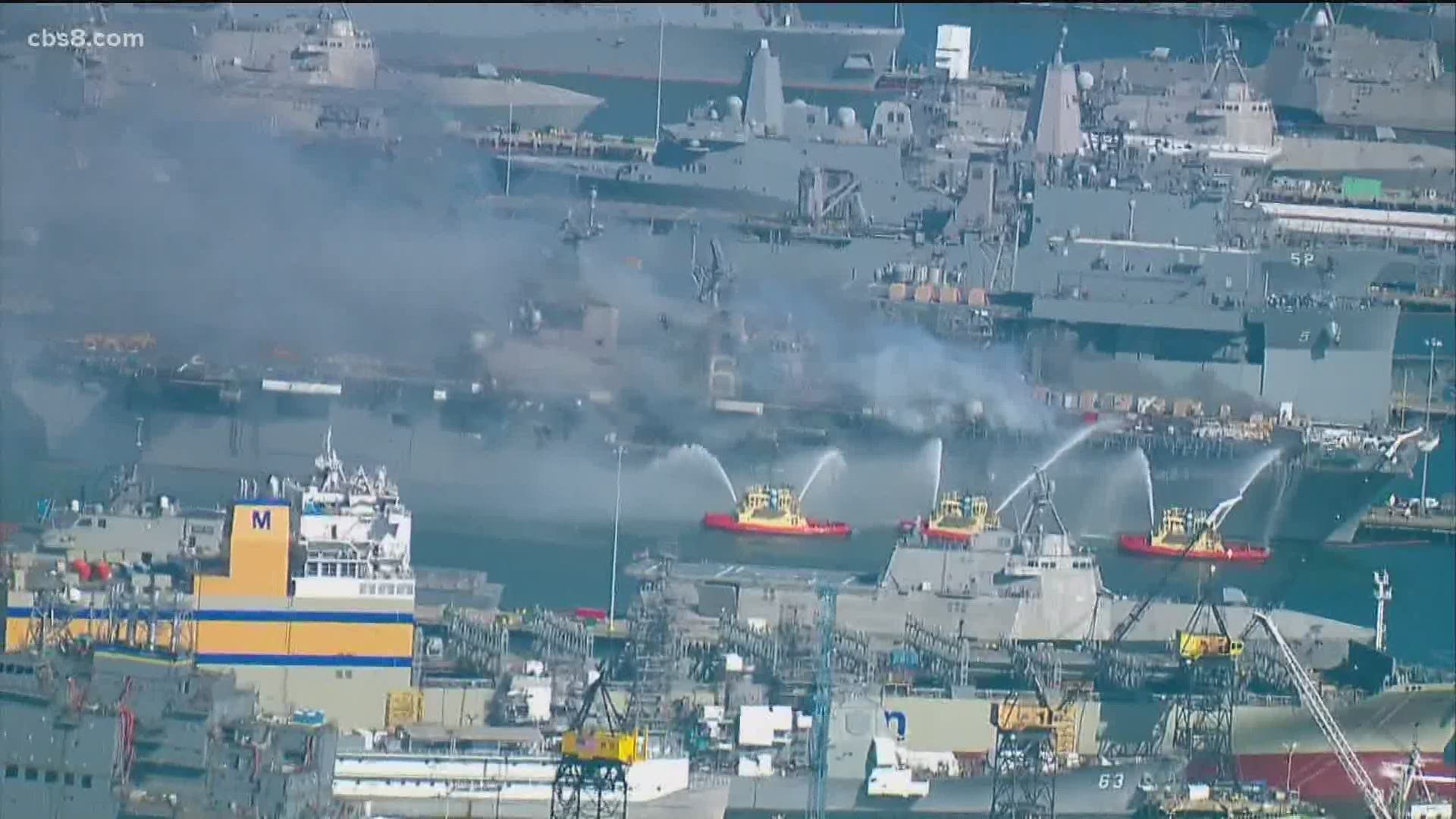
Author: Chris Gros (Reporter)
Published: 7:01 AM PDT July 28, 2020
SAN DIEGO (AP) — Smoke from the fire that ravaged a Navy warship in San Diego Bay contained elevated levels of toxins, but air-quality authorities said area residents had little to fear.
The San Diego County Air Pollution Control District found that smoke from the USS Bonhomme Richard contained a dozen potentially harmful substances, such as benzene chloromethane and acetonitrile, the San Diego Union-Tribune Reported.
RELATED
Navy: Ship Fire in San Diego Extinguished
Officials: Firefighting System Was Inoperable on Navy Ship
“At those levels, over that short period of time, there were no known great health risks,” said Donna Durckel, spokeswoman for the county’s air district.
The fire mostly produced a common pollutant known as fine particulate matter.
The district issued the Navy a notice of violation for creating a public nuisance and contaminating the air.
The fire began July 12 and swept through much of the ship, which was docked for a long period of maintenance. The Navy has yet to say whether the vessel will be repaired.
Content copyright the Associated Press. © copyright 2020. All rights reserved.
New report reveals toxic chemicals in smoke from USS Bonhomme Richard
While multiple chemicals were present, they believe the chemical Benzene in the toxic smoke was not at levels causing health concerns.

Author: Chris Gros (Reporter)
Published: 7:01 AM PDT July 28, 2020
NATIONAL CITY, Calif. — San Diego County’s Air Pollution Control District released a report stating that the smoke from the USS Bonhomme Richard was full of toxic chemicals. The report directly contradicts what Navy officials initially told the public.
The state’s Office of Environmental Hazard Assessment also reviewed the samples taken of the air. While chemicals were present, they believe the chemical Benzene in the toxic smoke was not at levels causing health concerns.
However, it wasn’t just elevated levels of Benzene found in the samples. The smoke also contained chloromethane and acetonitrile.
The samples were taken from sites nearby the burning ship, the closes one being Sherman Elementary. Residents from as far away as Vista reported seeing smoke and smelling a plastic or electrical-like odor.
People who live in Barrio Logan, Logan Heights, and National City are especially concerned. Advocates say these areas have suffered the most because of the air pollution from the fire. Many families were forced into lockdown because of the smoke. The advocate said, “I began hearing from elders in the community that they couldn't breathe, they had to close their windows in the heat. They were struggling and had very little support and no one was communicating with them."
A group has been created to ask that a contingency plan be put in place in case another fire or something similar happens again. They are also calling on the Navy to improve communication with neighboring residents.
The full "Elevated Compound Data Report" can be found below.
https://www.sandiegocounty.gov/content/dam/sdc/apcd/PDF/Misc/APCD-Elevated-Compounds-Data-071220.pdf
RELATED: Chief of Naval Operations in San Diego to inspect ravaged USS Bonhomme Richard
RELATED: Fire aboard USS Bonhomme Richard extinguished after 5 days
RELATED: Crews make progress as a fire aboard USS Bonhomme Richard burns for a 4th day
RELATED: Crews continue fighting fire aboard USS Bonhomme Richard for 3rd day
RELATED: Crews continue to fight fire aboard USS Bonhomme Richard at Naval Base San Diego
RELATED: Smoke from USS Bonhomme Richard visible for miles
RELATED: 21 hospitalized with injuries from fire, explosion on USS Bonhomme Richard at Naval Base San Diego
The state’s Office of Environmental Hazard Assessment also reviewed the samples taken of the air. While chemicals were present, they believe the chemical Benzene in the toxic smoke was not at levels causing health concerns.
However, it wasn’t just elevated levels of Benzene found in the samples. The smoke also contained chloromethane and acetonitrile.
The samples were taken from sites nearby the burning ship, the closes one being Sherman Elementary. Residents from as far away as Vista reported seeing smoke and smelling a plastic or electrical-like odor.
People who live in Barrio Logan, Logan Heights, and National City are especially concerned. Advocates say these areas have suffered the most because of the air pollution from the fire. Many families were forced into lockdown because of the smoke. The advocate said, “I began hearing from elders in the community that they couldn't breathe, they had to close their windows in the heat. They were struggling and had very little support and no one was communicating with them."
A group has been created to ask that a contingency plan be put in place in case another fire or something similar happens again. They are also calling on the Navy to improve communication with neighboring residents.
The full "Elevated Compound Data Report" can be found below.
https://www.sandiegocounty.gov/content/dam/sdc/apcd/PDF/Misc/APCD-Elevated-Compounds-Data-071220.pdf
RELATED: Chief of Naval Operations in San Diego to inspect ravaged USS Bonhomme Richard
RELATED: Fire aboard USS Bonhomme Richard extinguished after 5 days
RELATED: Crews make progress as a fire aboard USS Bonhomme Richard burns for a 4th day
RELATED: Crews continue fighting fire aboard USS Bonhomme Richard for 3rd day
RELATED: Crews continue to fight fire aboard USS Bonhomme Richard at Naval Base San Diego
RELATED: Smoke from USS Bonhomme Richard visible for miles
RELATED: 21 hospitalized with injuries from fire, explosion on USS Bonhomme Richard at Naval Base San Diego











